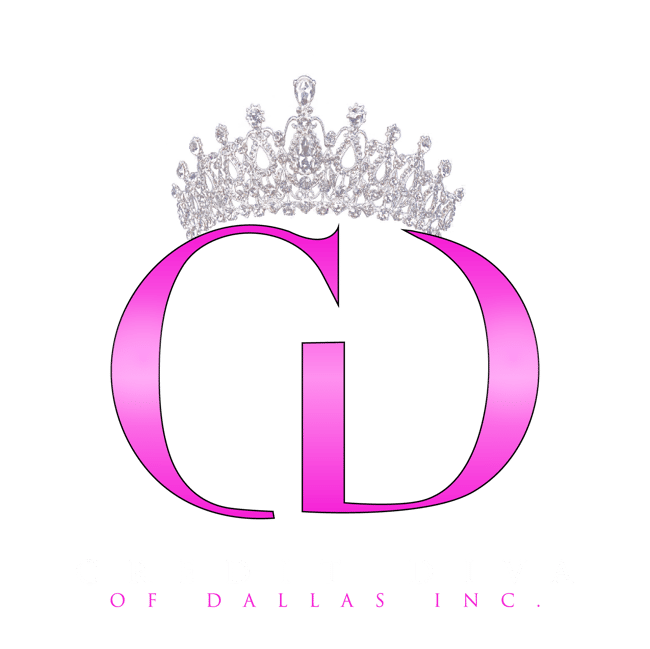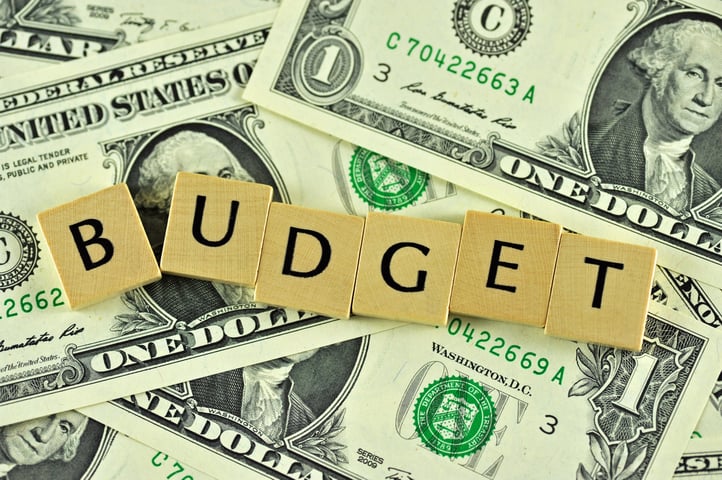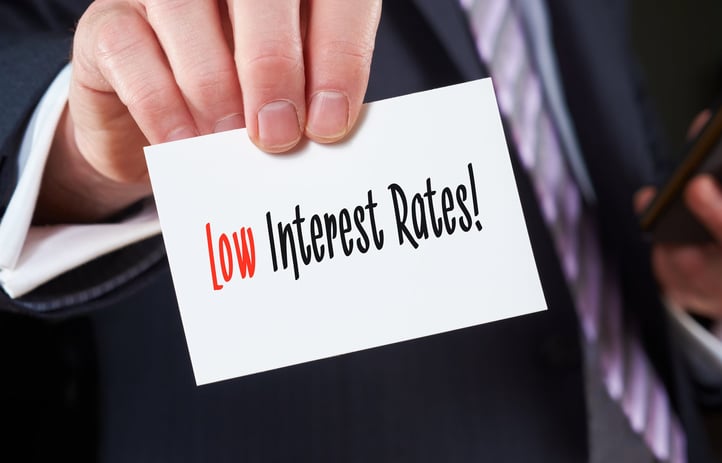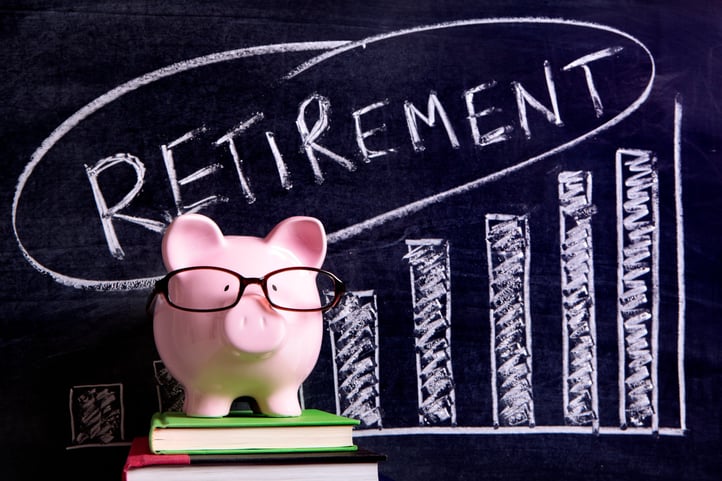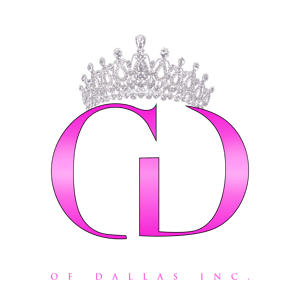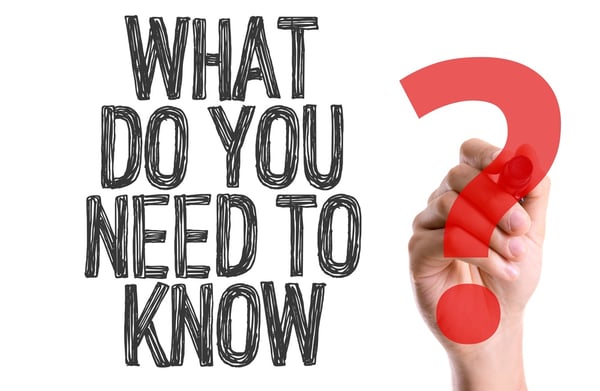
Credit reports seem like a report card for your finances but are a bit more complicated than that. It's a detailed record of all loans or accounts (called tradelines) you've had in the last ten years, plus payment history. Bankruptcies and foreclosures can also be on your report. Everyone can get a free credit report every year. Learn more about your credit report in this article.
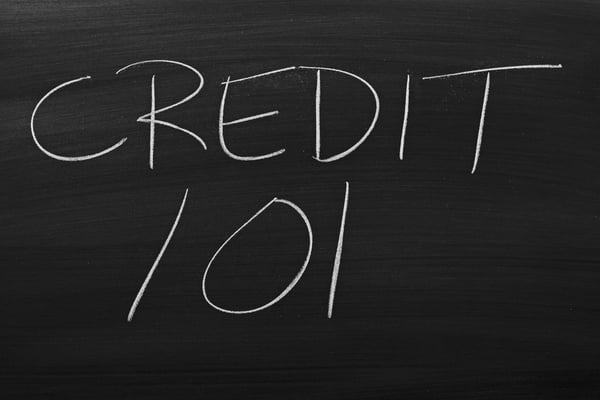
Credit reports contain a credit score, which is a three-digit number typically ranging from 300 to 850. Credit scores are determined by your:
- Payment history (35%) has the most significant impact on your credit score, and it's a record of how many payments were on time vs. late and how late those payments were.
- Credit utilization (30%) is the total amount of all loans (credit cards, auto loans, mortgage, etc.) added together, minus the total amount still owed. The more y9u've paid off, the higher your score will be.
- Length of history (15%) refers to the age of your credit history, as well as the number of loans you've had. New credit is an unknown factor to lenders, and old credit shows stability
- Mix of credit (10%) secured vs. unsecured credit
- New history (10%) Too many new tradelines can be a sign of living beyond your means and will lower this score, but may improve your credit utilization score
A FICO score is the most common score, but others exist as well. FICO is the company that created the scale, and it provides a score for each credit bureau.
Credit bureaus keep track of your payment history and issue credit reports. They are sometimes called credit reporting agencies (CRA). The largest companies are Equifax, Experian, and TransUnion. Each bureau has a different way of reporting information, and each score could be a different number. If there are any discrepancies in a credit report, notify the credit bureau immediately.
Secured loans are less risky for lenders and usually have a lower interest rate for the borrower. The borrower places collateral against the loan, such as a vehicle or home, and if the loan defaults, the collateral belongs to the lender.
Unsecured loans are riskier for lenders and have a higher interest rate for borrowers. Credit cards and lines of credit are the most common example of this type of loan, although some credit cards are "secured" by prepaying the max balance.
Credit reports are crucial in determining interest rates, and it's worth your time to learn more about them to plan for your future and spend less money on essential loans.
If you are ready to start your credit repair journey, download our free checklist of steps you can start taking today to fix your credit.
